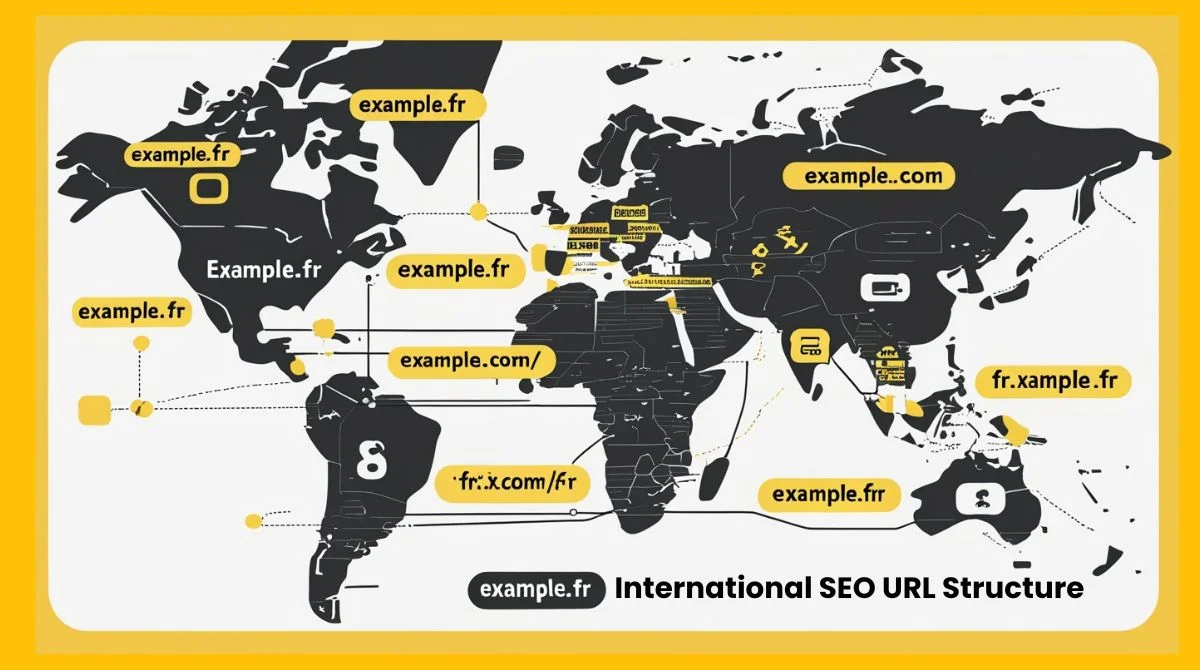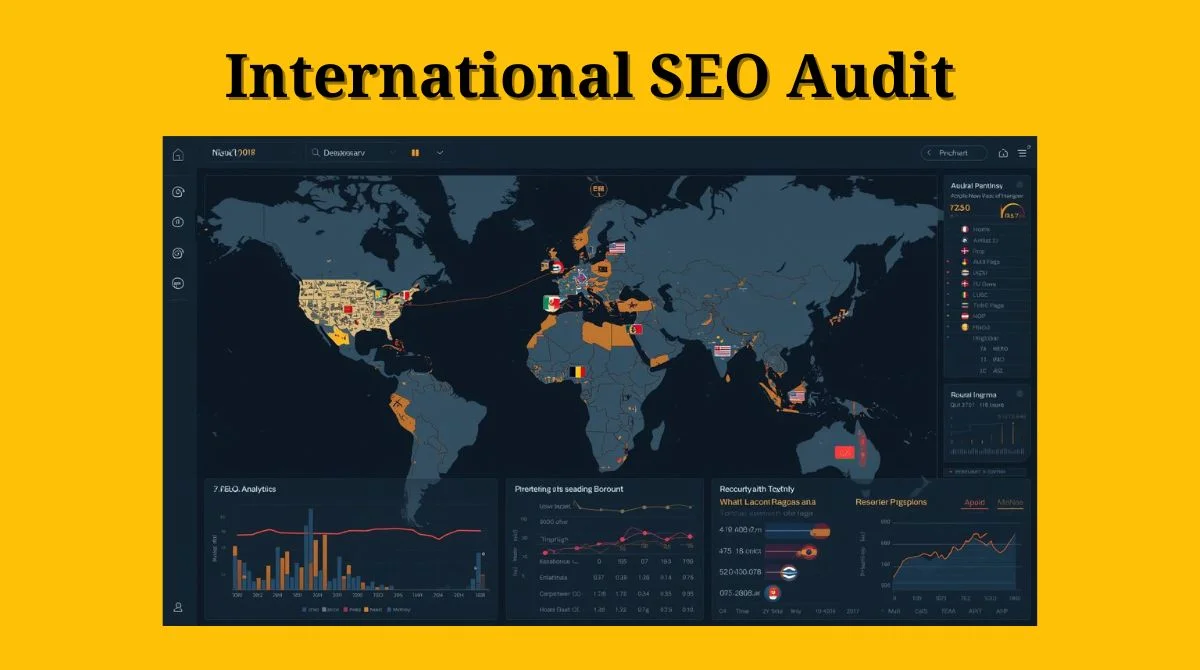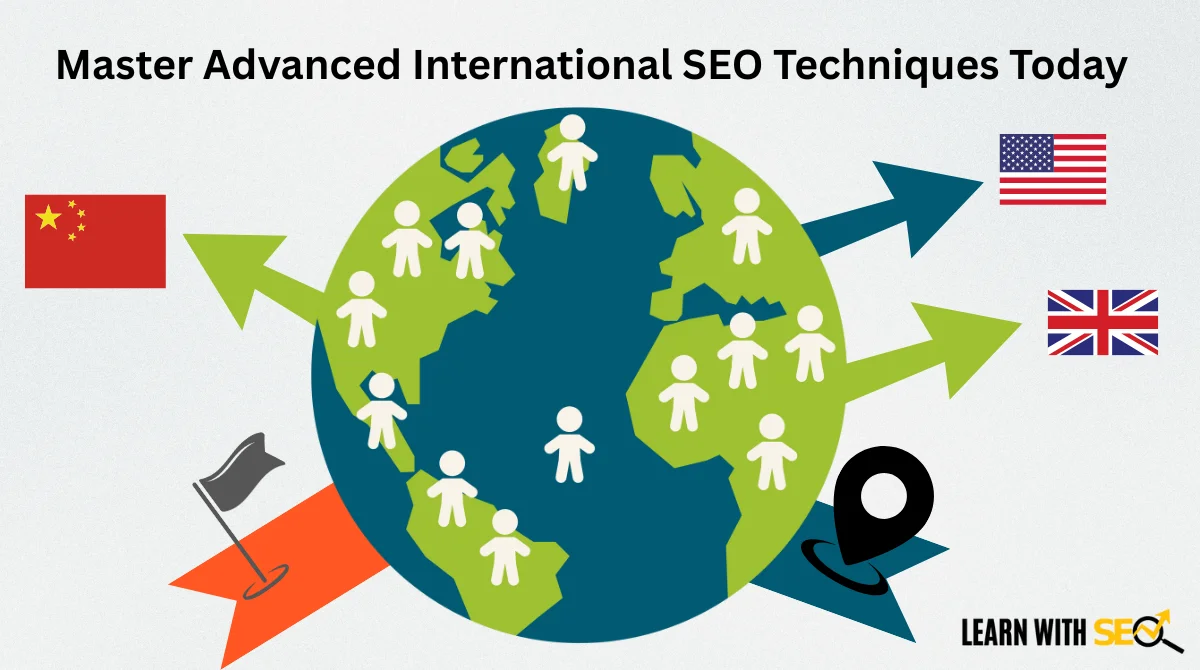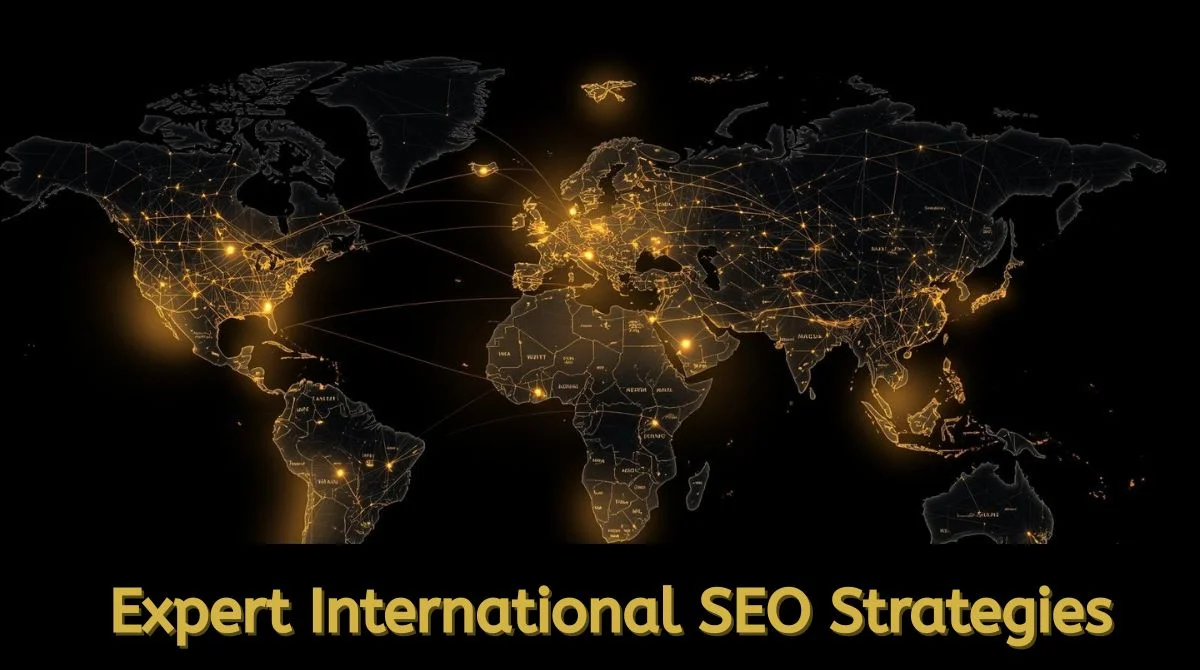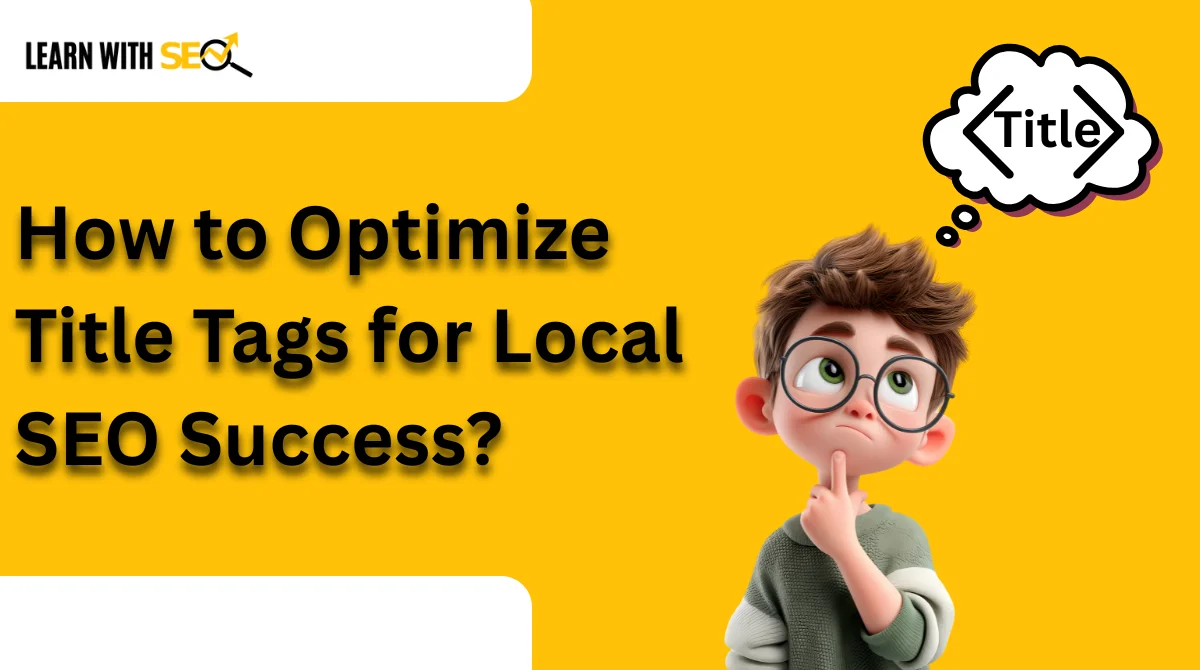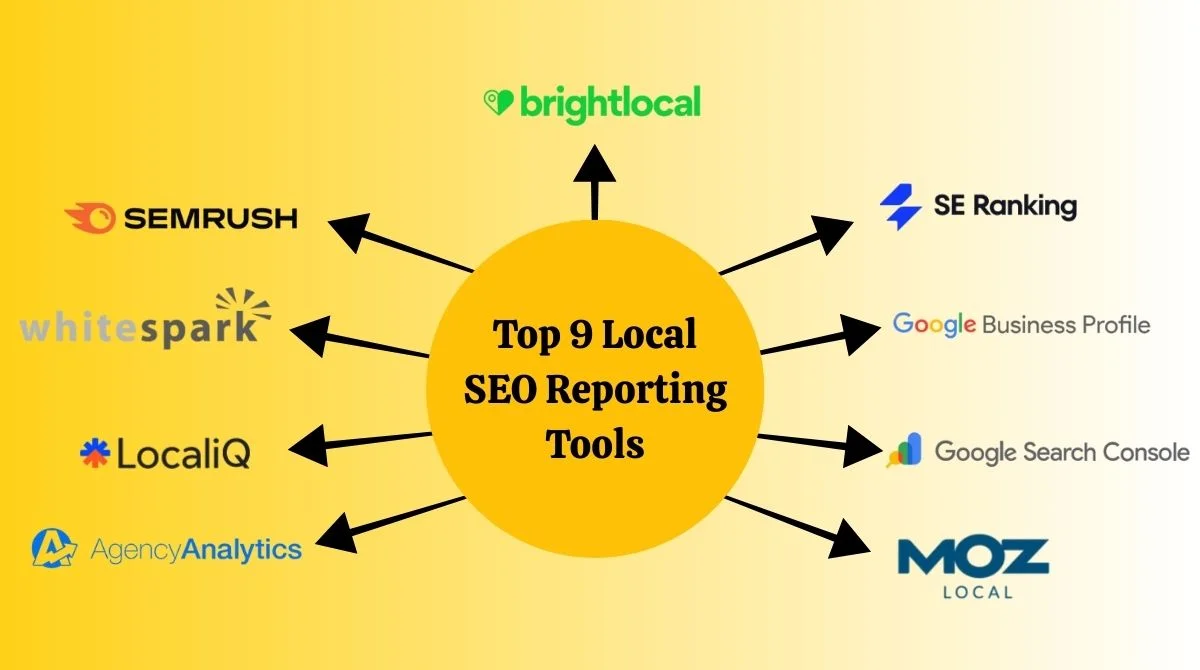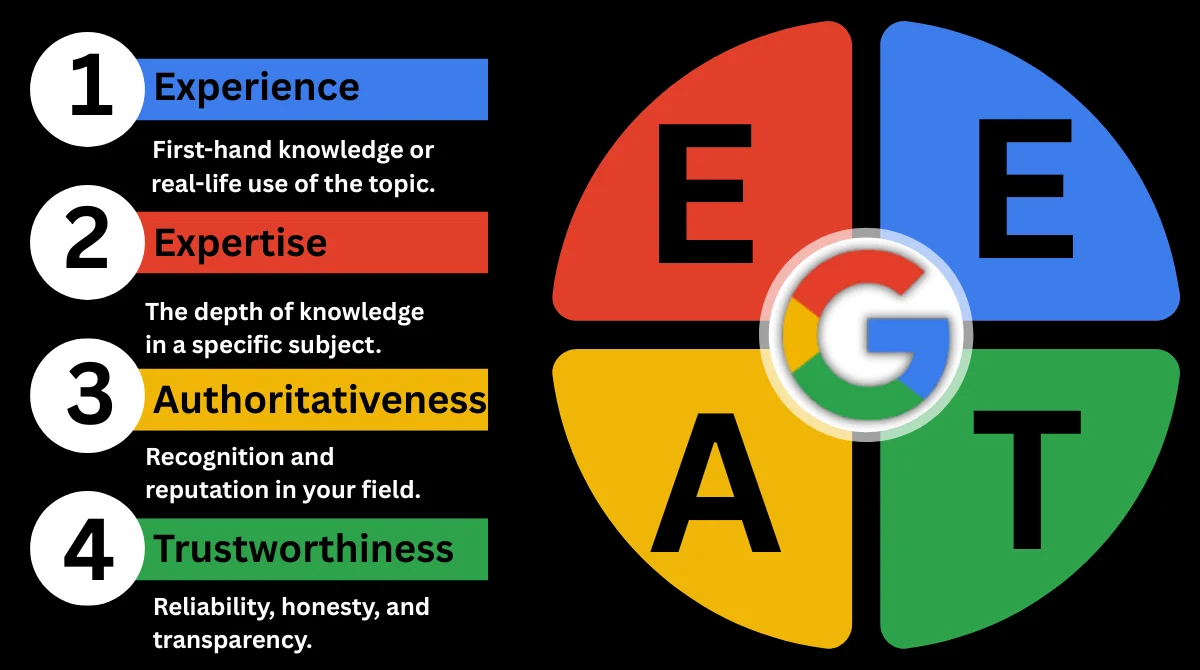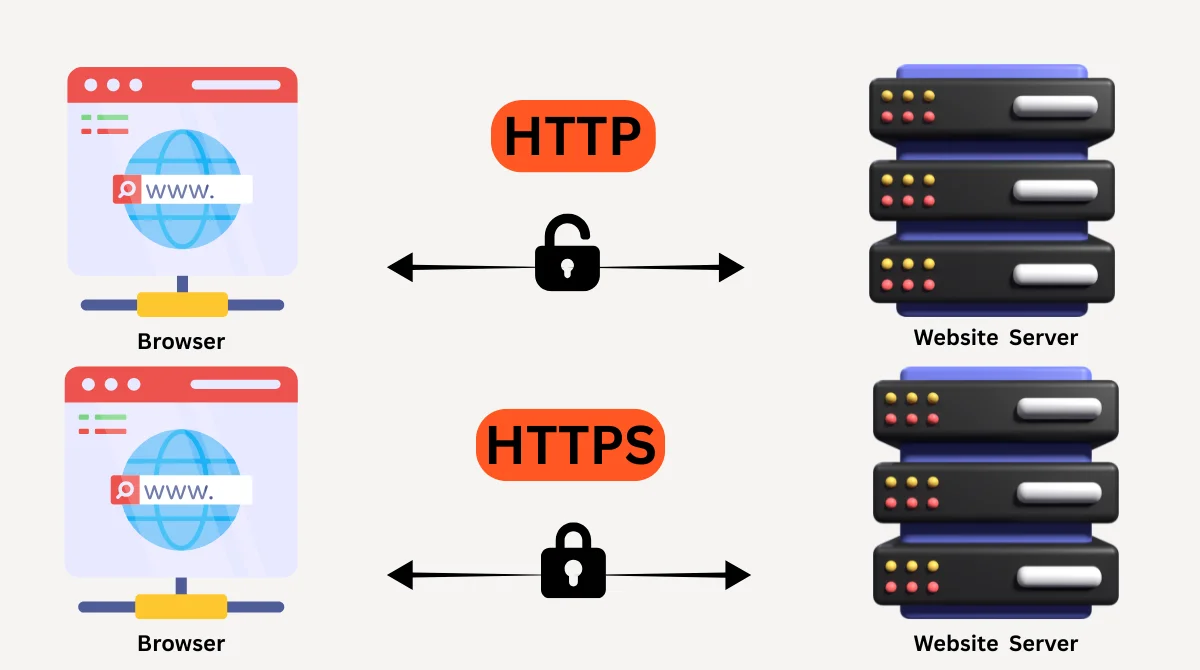Expanding a business globally is one of the most powerful growth strategies in the digital age, and international SEO is the key to making that expansion possible. While basic SEO focuses on ranking in your home country or language, advanced international SEO techniques go a step further by helping your website reach audiences across multiple regions, cultures, and languages.
What Is International SEO and Why Does It Matter?
International SEO involves optimizing your website to help search engines recognize the countries you aim to target and the languages you provide. For global businesses, this is critical because search engines like Google, Bing, Yandex, and Baidu prioritize results based on user location and intent.
Without proper optimization, your content may not reach the right audience, even if it is high quality. For example, a U.S.-based company offering services in Europe might struggle to rank on European search engines unless international SEO techniques are applied.
International SEO matters because:
- It increases visibility in multiple markets.
- It builds trust by offering localized user experiences.
- It maximizes return on investment (ROI) from global traffic.
- It supports long-term growth by expanding into untapped regions.
Foundation of Advanced International SEO
Before diving into advanced techniques, let’s set the foundation. A solid international SEO strategy requires attention to three main elements:
- Technical SEO Setup: Ensuring your website’s infrastructure can handle multilingual and multi-country targeting.
- Content Localization: Adapting your content to fit cultural and linguistic differences.
- Search Engine Signals: Helping search engines understand which version of your site is meant for which audience.
Mastering these basics makes advanced techniques more effective.
Advanced International SEO Techniques You Should Master
Let’s now move into the actionable strategies you can use to take your international SEO to the next level.
1. Use Hreflang Tags Correctly
Hreflang is one of the most important technical elements in international SEO. It tells search engines which language and region a specific page is targeting. For example:
- <link rel=”alternate” hreflang=”en-us” href=”https://example.com/us/” />
- <link rel=”alternate” hreflang=”en-gb” href=”https://example.com/uk/” />
- <link rel=”alternate” hreflang=”fr-fr” href=”https://example.com/fr/” />
Best Practices:
- Always use ISO language and region codes (e.g., en-us, fr-fr).
- Point each hreflang tag to the canonical version of the page.
- Ensure reciprocal linking if page A links to page B, page B should also link back to page A with hreflang.

Correct implementation prevents duplicate content issues and ensures users land on the right localized page.
2. Choose the Right Domain Structure
How you structure your domains and URLs can make or break your international SEO strategy.
Options include:
- ccTLDs (country-code top-level domains): e.g., example.fr, example.de
- Best for strong country targeting, but harder to manage multiple domains.
- Subdirectories: e.g., example.com/fr/, example.com/de/
- Easier to manage under one domain; passes domain authority effectively.
- Subdomains: e.g., fr.example.com, de.example.com
- Good for organizing content, but may dilute authority compared to subdirectories.
Recommendation: For most businesses, subdirectories strike the best balance between SEO value and management ease.
3. Optimize for Local Search Engines
Google dominates globally, but it is not the only search engine. In some markets, local search engines matter more:
- Baidu in China.
- Yandex in Russia.
- Naver in South Korea.
- Seznam in the Czech Republic.
To optimize for these platforms:
- Understand their ranking factors.
- Register your site on their webmaster tools.
- Follow region-specific technical requirements.
Ignoring local search engines can result in missed opportunities in key international markets.
4. Focus on Content Localization, Not Just Translation
One of the biggest mistakes businesses make is simply translating content instead of localizing it. Localization involves adapting content to match cultural nuances, local slang, currency, and even local examples.
For example, an e-commerce brand selling clothing in the U.S. should adapt its content for the U.K. by using terms like “trainers” instead of “sneakers” and updating prices to GBP instead of USD.
Effective localization includes:
- Adjusting product descriptions.
- Changing visuals or references to match local culture.
- Updating customer testimonials to feature local buyers.
Localization not only boosts SEO but also increases trust and conversion rates.
5. Leverage International Keyword Research
Keyword research for international SEO is more than translating your main keywords. Each region may have its own search intent and terminology.
Tips for global keyword research:
- Use tools like Google Keyword Planner, SEMrush, or Ahrefs with country filters.
- Research search volume, competition, and CPC (cost per click) in each market.
- Consider local slang, cultural differences, and synonyms.
Example: In the U.S., people may search for “apartment,” while in the U.K., they might search for “flat.” Optimizing for both ensures you capture wider search intent.
6. Strengthen Technical SEO for Global Reach
Technical optimization becomes more complex for international SEO. Key areas include:
- Page Speed: Ensure fast load times worldwide with Content Delivery Networks (CDNs).
- Mobile Optimization: Most global users browse via smartphones.
- Structured Data: Implement schema markup to improve visibility on SERPs.
- HTTPS Security: A universal ranking factor across all regions.
Search engines reward sites that offer smooth technical performance globally.
7. Build Local Backlinks
Backlinks remain a major ranking factor, but in international SEO, the focus should be on local backlinks from the target region.
For example, if you want to rank in Germany, backlinks from German news outlets, blogs, and directories carry more weight than links from U.S.-based websites.
How to build local backlinks:
- Collaborate with local influencers.
- Get featured in regional media.
- Sponsor events in the target country.
- Submit your business to local directories.
8. Create Multilingual Content Strategies
Rather than duplicating all your content, develop a multilingual content strategy based on each market’s needs.
- Identify top-performing pages to translate first.
- Create region-specific blogs addressing local issues.
- Use country-specific FAQs to target voice search queries.
This tailored approach reduces wasted effort and increases your chances of ranking well in every market.
9. Pay Attention to User Experience (UX) Across Regions
User experience plays a crucial role in global SEO. A design that works in one country might not appeal to users in another.
UX optimization tips:
- Use local payment gateways.
- Display local currencies.
- Adapt forms for different address formats.
- Make customer support available in local languages.
A better localized user experience improves engagement metrics, which are signals that search engines use to rank sites.
10. Track, Analyze, and Refine with Global SEO Metrics
International SEO requires continuous monitoring. Tools like Google Search Console, Google Analytics 4, and region-specific analytics platforms help you measure performance.
Track metrics like:
- Organic traffic per country.
- Keyword rankings by region.
- Conversion rates per market.
- Bounce rates across localized pages.
Regularly review and refine your strategy to maintain success.
Common Mistakes in International SEO to Avoid
Even advanced marketers sometimes make mistakes that can hurt global SEO performance. Some common pitfalls include:
- Using automatic machine translation without review.
- Failing to set up hreflang properly.
- Ignoring cultural differences in content.
- Relying only on Google when other search engines dominate locally.
- Overlooking local legal requirements like GDPR in Europe.
Avoiding these mistakes ensures your global strategy remains strong.
Future of International SEO: Trends to Watch
The future of international SEO is shaped by emerging technologies and regulations. AI-powered localization will make global content more accurate and culturally relevant, while voice search optimization will push businesses to focus on natural, conversational keywords. The rise of multilingual AI assistants means users will increasingly rely on chat-based searches in their native languages, and growing privacy regulations will reshape how data is tracked and used. Staying ahead of these trends is essential for building a future-proof global SEO strategy.
Conclusion
Mastering advanced international SEO is vital for businesses aiming to grow globally. From hreflang tags and domain structures to localized content and backlinks, each step strengthens your reach. International SEO is an ongoing process that demands cultural awareness, technical skill, and user-focused strategies. By staying adaptable and prioritizing experience, you can unlock new markets and build global authority. Now is the time to embrace international SEO and take your brand to the next level.


